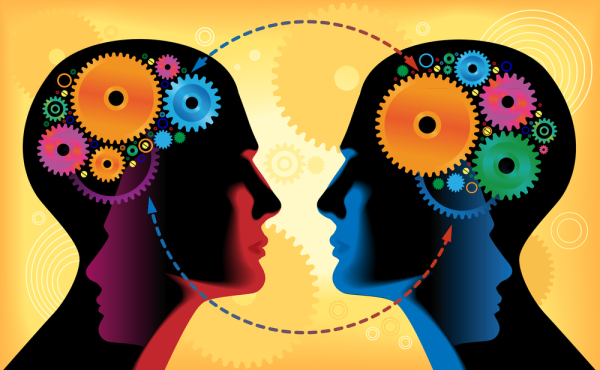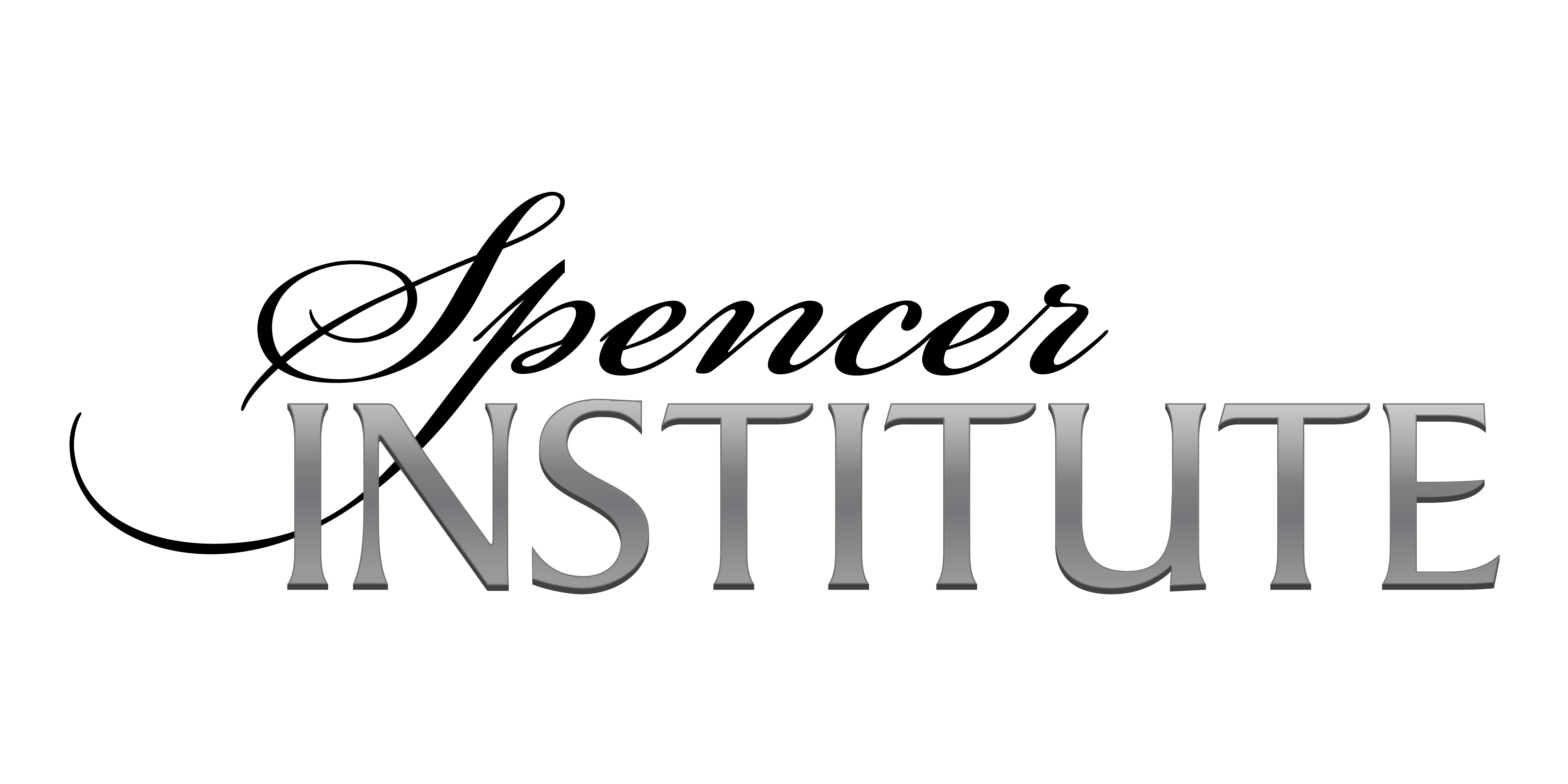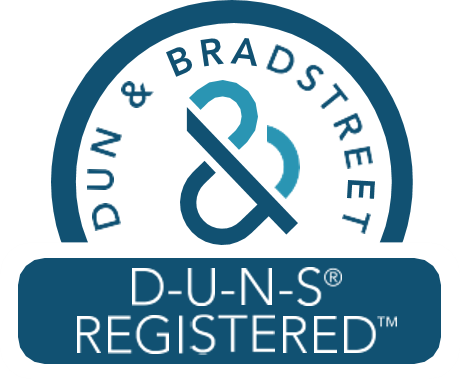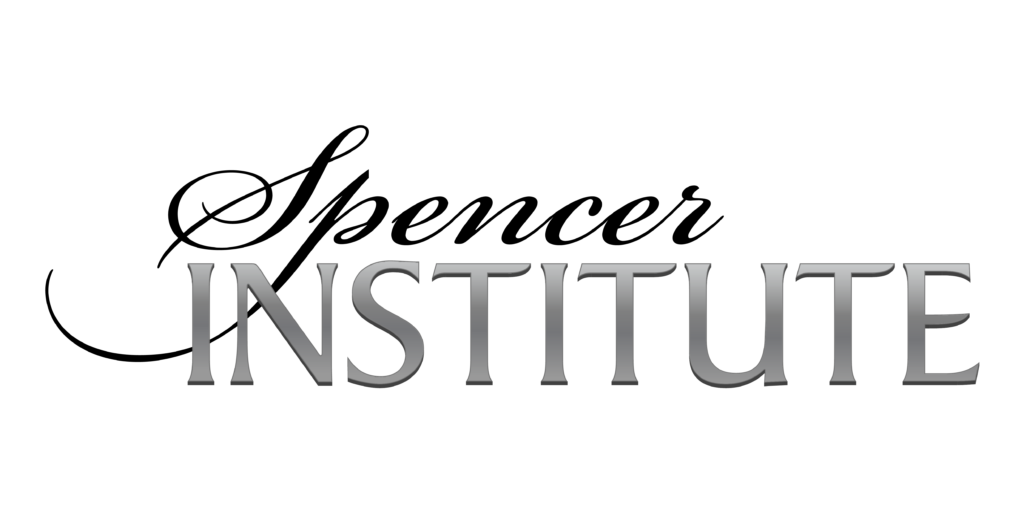According to a study done in Great Brittan several years ago – 93% of our communication is non-verbal. The actual words are only 7% of the communication! So, while our words can be powerful, it’s the non-verbal physical movements, facial expressions, and voice modulations which convey the actual “meaning” or interpretation to our audience, clients, students and relationships.
This is a pretty amazing statement. In our years in the academic system we spend semesters, even years studying, spelling, vocabulary, sentence structure, grammar and such. To my knowledge there is not one class given in non-verbal communication!

This blog to a rudimentary presentation of some of the most important non-verbal communication pieces to pay attention to when receiving information and when delivering our own information, no matter what the relationship dynamic is about.
When we are coaching and guiding others to get their results, how we go about that is crucial in having them learn, grow and transform in relation to their goals desires, goal and needs. And when we are helping someone get from “stuck” to results, it is important to consider how they are communicating, in addition to what is being said.
There are three main categories of non-verbal communication that will make easier to study and learn the smaller “chunks” and we will offer detailed suggestion for what to watch for and how to make meaning out of what we experience coming from another person and how we choose to send our information for optimum success in understanding between the parties involved in a conversation.
Physical Movements:
What are the kinesthetic actions?
Breathing: High and shallow indicates distress or anxiety. Low and slow indicates calm and centered. Notice when a person hesitates or stops breathing – this can indicate fear or incongruency.
Gestures: Two hands moving together indicates alignment and balance. One hand or the other can indicate an incongruency within that person. Gestures indicate how a person “codes” a thought and can be an anchor for a type of information, a memory event, or where in Space they are “thinking” about a topic. Different cultures have typical gestures that indicate how they approach the world. When presenting it is good to always do your homework and know the general indicators of the culture with which you are involved.
Posture / position in space: Leaning forward or back, legs crossed or not, fidgeting or calm, rhythm, extraneous movements. Solid upright, or slumped. Toes turned in indicates age regression.
Visual Presentation: What is the “picture”, what do I see?
Style of dress, colors, hair style, make-up
Facial expressions – particularly notice the eyebrows and eye movements
Organization: neat, clear of clutter indicates a highly visual person. Flowing slower rhythm indicates a more auditory or kinesthetic processerAuditory Sounds: What are the sounds, what do I hear? Tonality of voice or sounds, volume, pitch, rate of speed, inflection, enunciation, rhythm, mouth noises, “ums or ahs” as filler sounds.
When in conversation, train yourself to pay attention to these three categories of non-verbal communication which will give you valuable information about the structure of the conversation you are having. Do these categories match the words being spoken, or not? It’s important to establish how trustworthy a person is being or how safe we are with this person. The saying, Communication is Redundant, is meant to guide us in noticing when there is truth or alignment in communication – when all systems support and match each other – there is a flow of conversation and a congruency in the person presenting. The words match the actions and behaviors! This is good!
When there is not a match, we often will “feel” something is off or wrong – an intuitive hunch. Now you can pay attention to this inner signal from your body and “when in doubt – check it out!”
All great poker players know to watch for the “tells” of the other players! These slight indicators of movement, voice, or visual cues signal an incongruency in the player which then lets the opponent bet accordingly. As powerful communicators, it’s important to know when there is congruency (all systems are a match) or when there is incongruency or a mis-match in the message being sent.
We also recommend that you take a personal inventory and be sure that you are representing yourself congruently. If not, be curious about what is causing your mixed messages and find out what has to happen to bring about congruency in your own system.
Marilyn and Al Sargent are international trainers and creators of the field of Cognitive Emotional Re-Alignment with Hemispheric Integration™, a user’s guide for your brain and how to RePower Your Life!, relieve suffering and get the results you want. They have a passion for teaching people how to communicate effectively by understanding how the brain “thinks.”
As a coach, Marilyn specializes in the Sargent’s Natural Grief process, Healthy Relationships, Phobia / Anxiety Release, Learning Strategies, Personal and Executive Coaching, and Spencer Institute’s Certified Life Strategies Coach training.
Al’s book, The Other Mind’s Eye: The Gateway to the Hidden Treasures of Your Mind gives people the tools to discover the essence of their true self; to clear the clutter of the mind and live in the harmony of balance. His latest work is Moving Through Grief with Grace and Dignity, the Way Nature Intended, a book about living life in balance.
Marilyn and Al are featured in the movie The Compass, a story about a traveler’s journey and life lessons. They on the faculty of the Spencer Institute’s Life Strategies Coaching Certification.
Contact information:
Personal Coaching Appointments
Grief Resolution
Corporate Consulting and Executive Coaching
Speaking Engagements
Success Design International
310-729-5664
www.nlpla.com
mail@nlpla.com










